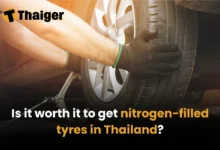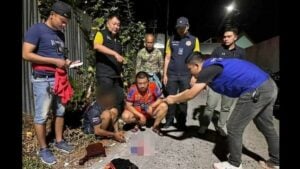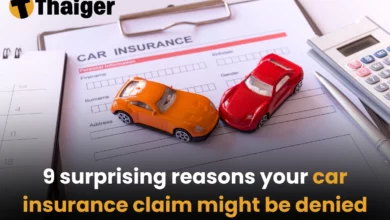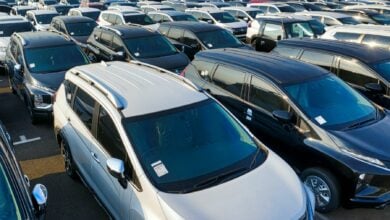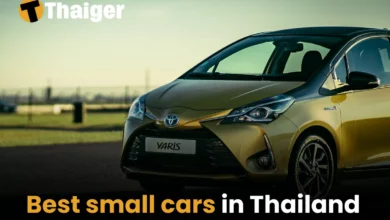Thailand’s journey from traffic jams to green mobility solutions
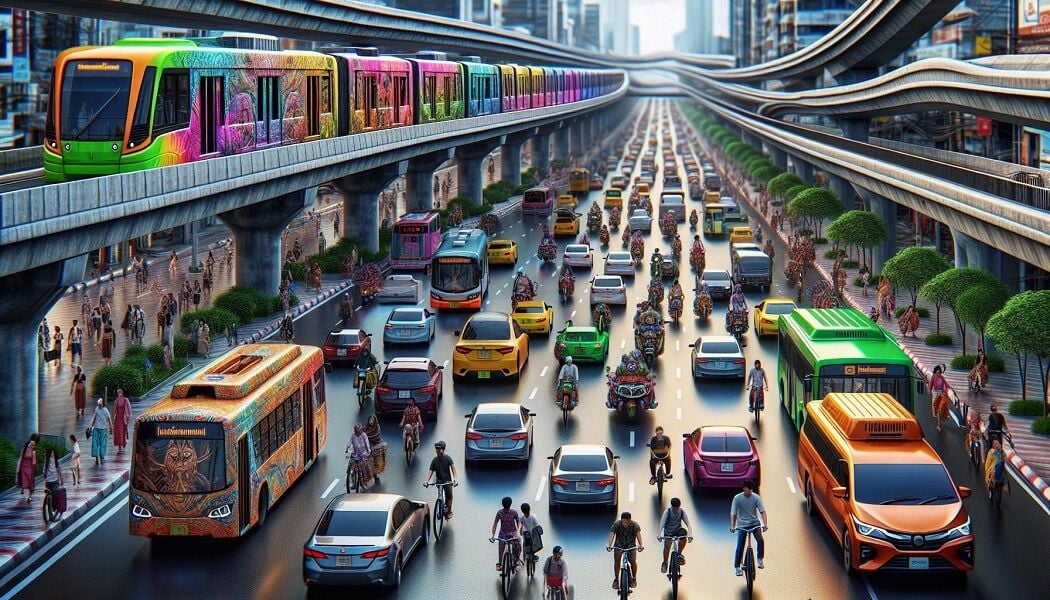
In Thailand, the automobile transcends its conventional role as a mere vehicle for transportation; it is a critical component influencing lifestyles and mobility dynamics. Amidst the vibrant streets and evolving urban landscapes, an exploration of Thai cities unveils a sophisticated interplay among automobiles, cultural practices, and infrastructural developments. This article aims to elucidate how automobiles significantly impact daily existence – from managing rush hour traffic in Bangkok to enjoying picturesque drives in rural areas.
The significance of automobiles extends beyond facilitating convenience; it encompasses economic, environmental, and societal dimensions. Thailand’s infrastructural arrangements, characterized by toll operations and parking fees, mirror the nation’s efforts to accommodate increasing demands associated with car ownership and utilization. The selection of transportation methods ranging from private vehicles to shared taxis epitomizes a blend of tradition, innovation, and practicality in Thai commuting behaviors.
A comprehensive understanding of the vehicular landscape in Thailand provides valuable perspectives on broader phenomena such as urbanization and mobility within Southeast Asia. Further examination reveals intricate details on how automobiles both contribute to and pose challenges to the development of sustainable and accessible urban environments. Whether driven by the enchantment of expansive highways or the necessity to traverse congested metropolitan areas, automobiles are central to Thailand’s progressive march towards future advancements.
The impact of cars on lifestyle and mobility in Thailand
Thailand’s streets tell tales of rapid urbanisation, where cars have become central to shaping both lifestyle and mobility. In bustling Bangkok or serene rural paths, the presence of cars has transformed daily routines, making distant locales accessible and fostering economic growth.
Consider this: cars not only offer convenience but also reflect social status. They’re pivotal in how communities connect and thrive. Cars in Thailand mean more than just transport; they’re a lifeline for many, supporting local businesses and enabling families to explore their beautiful country with ease.
However, it’s not all smooth driving. The increase in car ownership has pressured infrastructure, leading to congestion and environmental concerns. Thailand’s solution? A strategic mix of taxes and infrastructure development. For instance, Koh Tao’s arrival tax and the proposed international arrivals tax aim to fund necessary improvements without overburdening locals or tourists.
Traffic congestion in urban areas
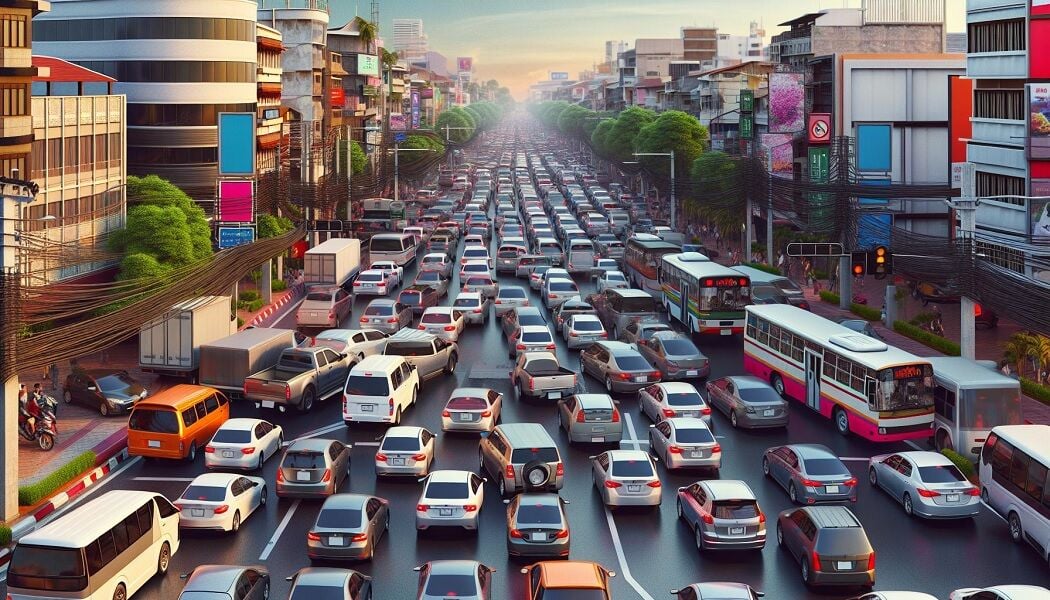
Causes of traffic congestion
Traffic congestion in urban regions stems from a complex array of causes, significantly impacting lifestyle and mobility within Thailand. The phenomenon of rapid urbanisation has precipitated an influx of individuals into metropolitan areas, thereby escalating the demand for personal vehicles. This increase manifests in overcrowded roads, especially during peak traffic hours. Concurrently, the existing infrastructure proves inadequate to accommodate the burgeoning vehicular population, further intensifying congestion issues.
A critical contributing factor is the deficiency in efficient public transportation systems. A significant number of residents prefer personal vehicles over public transit options, deeming them more dependable and thus contributing to increased road occupancy. Furthermore, suboptimal urban planning has resulted in narrow thoroughfares and insufficient parking facilities, compelling numerous vehicles to occupy road space while searching for available parking spots.
Effects of traffic congestion on lifestyle
In Thailand, the pervasive presence of automobiles and the consequent traffic congestion has become an integral aspect of everyday existence, markedly influencing daily schedules. The considerable duration dedicated to commuting could be more effectively allocated to valuable pursuits such as familial engagement or personal leisure. This circumstance signifies a considerable forfeiture of opportunities to enhance individual quality of life.
Furthermore, the stress associated with prolonged periods in traffic, particularly concerning punctuality, cannot be understated. This form of stress does not remain confined to the vehicle but extends into various aspects of an individual’s life, influencing overall well-being and productivity in both personal and professional spheres
Then there’s the pollution problem. When cars are crawling along, they end up pumping out more nasty stuff into the air. Not great for breathing easily or keeping our environment clean, right? And this isn’t just about coughing more or feeling icky; it’s serious business that can affect our health down the line.
Also, think about how sticking to cars because of all this congestion is doing a number on Mother Nature. More gas-guzzling means we’re all adding to climate change bit by bit. It makes you think that maybe finding different ways to get around could do wonders for both our lovely planet and our well-being.
So yeah, looking for smarter travel options seems like a win-win for everyone—better health, happier days, and a cooler Earth. Let’s keep an eye out for those sustainable transport solutions popping up around Thailand—they might just be the game-changer we need!
Advantages of car ownership in Thailand

Independence and convenience
Owning a car in Thailand significantly boosts your independence and convenience. Suddenly, you’re not bound by the schedules of public transport. You can leave your house at any time. Whether it’s a spur-of-the-moment trip to the countryside or avoiding the rush hour crowd, your car is there. You’re in control. This independence is particularly valuable in remote areas. Here, public transport options might be sparse. Moreover, in the sprawling urban landscapes, your car saves you time. It connects you with various parts of the city seamlessly. Car ownership means grocery trips become easier and weekend getaways are a breeze. It’s about freedom. The freedom to move and live on your terms.
Social status and perception
In Thailand, as in many countries, a car is more than just a means of transport. It’s a symbol. It reflects your social status and success. A sleek, well-maintained car turns heads. It communicates success and taste. This perception can open doors, professionally and socially. In Thai society, the car you drive often influences how people perceive you. It can impact first impressions significantly. Owning a car, especially a high-end model, can thus boost your social standing. It’s not just about getting from A to B. It’s about how you’re seen as you make that journey. A car is a statement. It tells a story about who you are.
Sustainable transportation alternatives
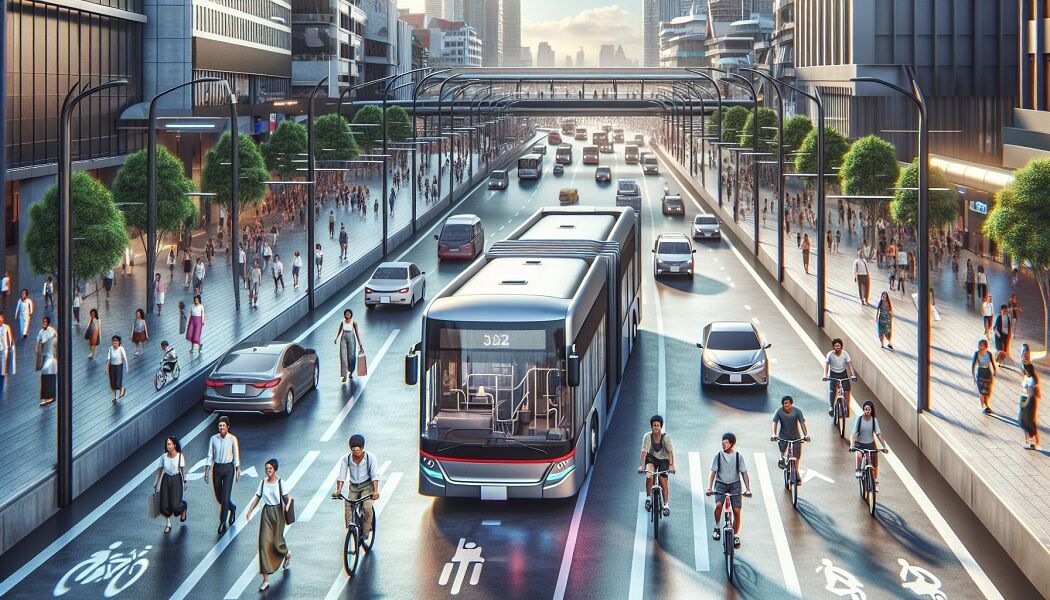
The dependency on cars significantly impacts lifestyle and mobility in Thailand. It’s crucial to explore sustainable transportation alternatives that not only enhance mobility but also improve lifestyle by mitigating environmental, social, and economic issues associated with heavy car usage.
Public transport systems
Public transport serves as the backbone of sustainable urban mobility. In Thailand, efforts are underway to expand and improve public transportation networks. This includes buses, metro services, and boats which cover a wide range of urban and peri-urban areas. Improvements in public transportation aim at providing efficient, reliable, and cost-effective alternatives to private car use.
Expansion of the Metro System: The metro system, including MRT, BTS, and ARL, offers a fast and reliable way to navigate through congested urban areas. Efforts to extend these lines can significantly improve access and reduce travel times.
Bus System Upgrades: Revitalising the bus system with modern, eco-friendly buses and optimising routes can enhance service quality. Introducing real-time tracking and information systems can also improve the user experience.
Boat Services: Utilising waterways for transport is unique to Thailand. Upgrading services like the Chao Praya River Express can offer scenic and efficient alternatives to road transport.
Cycling and walking initiatives
First up, let’s talk bike lanes. Investing in these can make cycling a top choice for getting around. Safe, accessible bike paths mean more folks can join the fun – it’s good for our health and great for keeping things green.
Now onto making places more walkable. Imagine strolling through vibrant streets that welcome pedestrians with open arms – wider sidewalks, less car noise, more safety. This shift can turn a simple walk into everyone’s favourite way to get around. Plus, it makes our communities more connected and lively. Don’t forget about spreading the word! Sharing how awesome walking and cycling are could truly change how we see transport. More people might ditch their cars if they know there’s a happier, healthier way to move.
In the debate between luxury and practical cars, a comprehensive cost and value analysis reveals stark contrasts. Luxury vehicles boast superior comfort, status, and technology but incur higher purchase prices, maintenance costs, and insurance premiums. Conversely, practical cars offer affordability, reliability, and lower operational expenses, presenting a more economical long-term choice.

